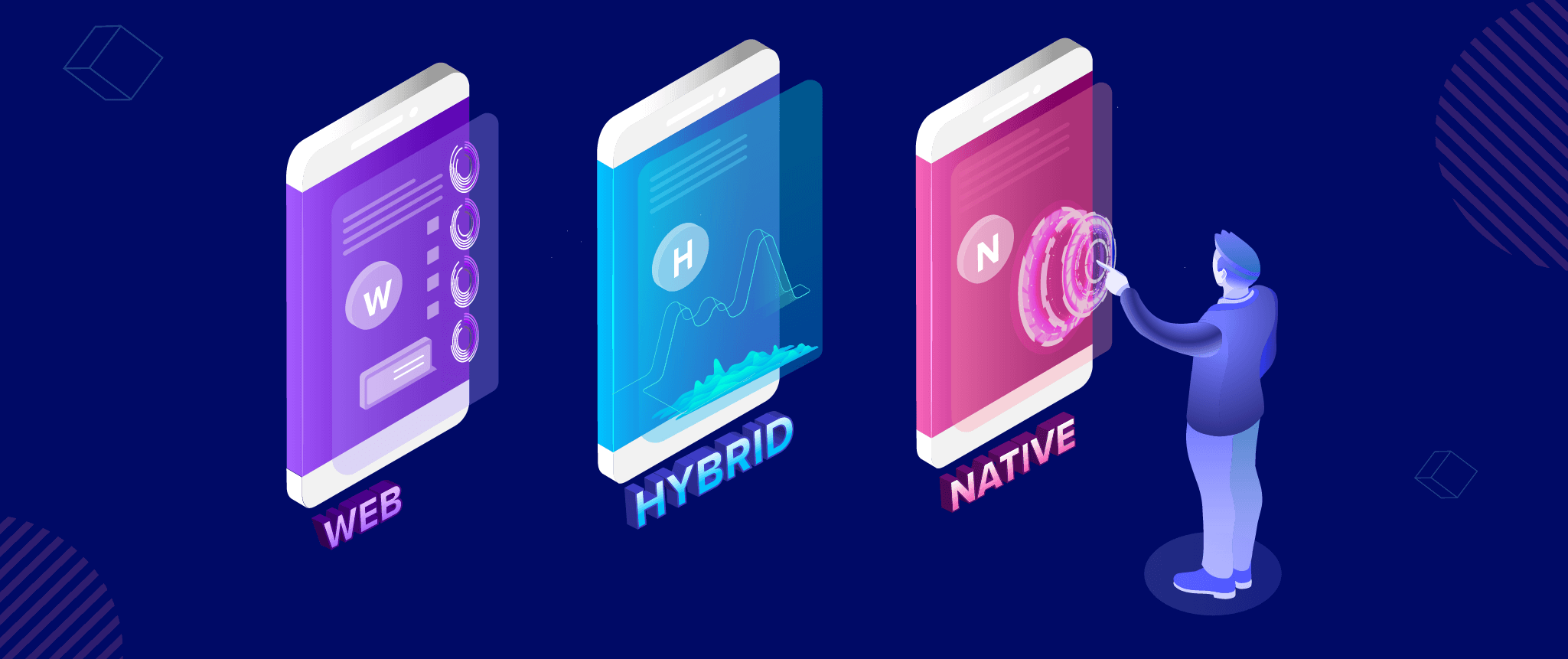The purpose of running Mobile App Performance Testing is to evaluate the performance of the application in a simulated environment (or more environments) and to predict the user experience after the application is publicly released.
During the performance testing of mobile applications, app performance at peak traffic points, application stability through poor Internet connections, device-specific user experience and API performance is observed and monitored.
Mobile app testing is usually a complex process compared to testing a web application. There is a wide variety of devices, increased user mobility, and the use of device-specific functions; all of these usually take longer and create more obstacles for evaluators. The most common example of performance testing of mobile applications are:
- Load testing
- Stress testing
- Capacity testing
- Spike testing
The device operating system, mobile device settings, etc. need to be looked at to check the page rendering at the mobile device. You can test by logging into your mobile device and observing them. How this is actually done is discussed in detail below:
a) Create custom scripts in real-time. As with a typical web browser application, we need to identify the scenarios or conditions expected on the server in real-time.
There will be many test scenarios. For example, suppose there is a condition in which web applications can be used on both desktop and mobile devices, as well as Android and iOS devices. In that case, we need to develop a test script based on the access type to the application.
Therefore, we must test it separately on each device. Only 100% testing from one location will return wrong results. Therefore, it is recommended to check the load on the server by specifying another storage location. Simulate different geographic locations.
b) Real-time creation of network conditions:
For this, we need to create different network conditions and network quality, such as 3G network, 2G network, maximum speed, medium speed, and low-speed Wi-Fi. We need to perform network simulations to create network conditions. The performance testing of mobile applications gives 50 latitude conditions. We can do this through network simulation.
c) Real-time creation of device conditions:
It will only be an application on the mobile phone. Devices, for example, thin client applications or fat client applications tested in the scene, the operating system on the mobile device, the device type, and any other applications that run in parallel while using the specific application, etc.
d) Test the performance of each component:
After creating all the previous scripts, we need to do the app testing on basis of its performance, including all software and hardware. Collect all necessary metrics for load testing. Some server-side metrics to be collected include CPU usage, CPU usage, processing time, total bytes available, data packets sent, data packets received, etc. Data packets and bytes sent over the network, data packets and bytes sent over the network are received, and the data packets and average total delay are discarded.
Performance Test of mobile app services at Mobifly
Under team management, performance testing of mobile applications is more effective. At Mobifly, we provide mobile quality assurance resources for various industry groups with respect to app testing.
The Mobifly QA team is also fully integrated with DevOps engineers for software and development projects. The workflow will be as smooth as possible.
Check our services to learn more about Mobifly. If you want us to participate in your next project, please contact us. We will reach out to you immediately!


